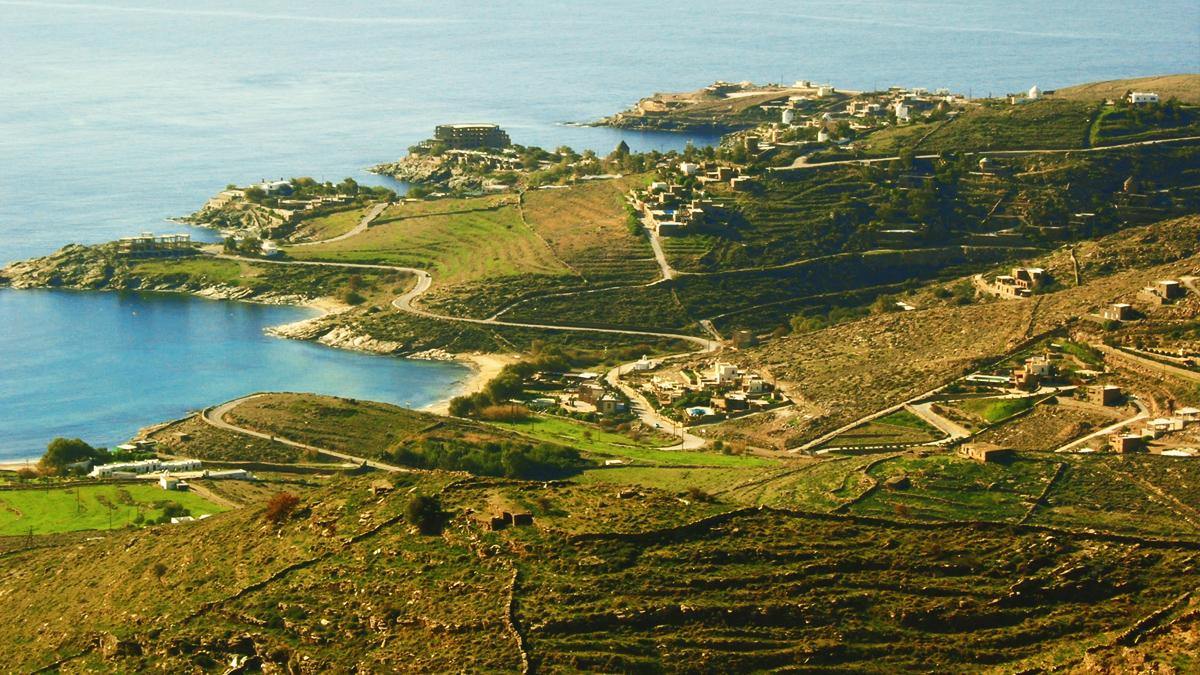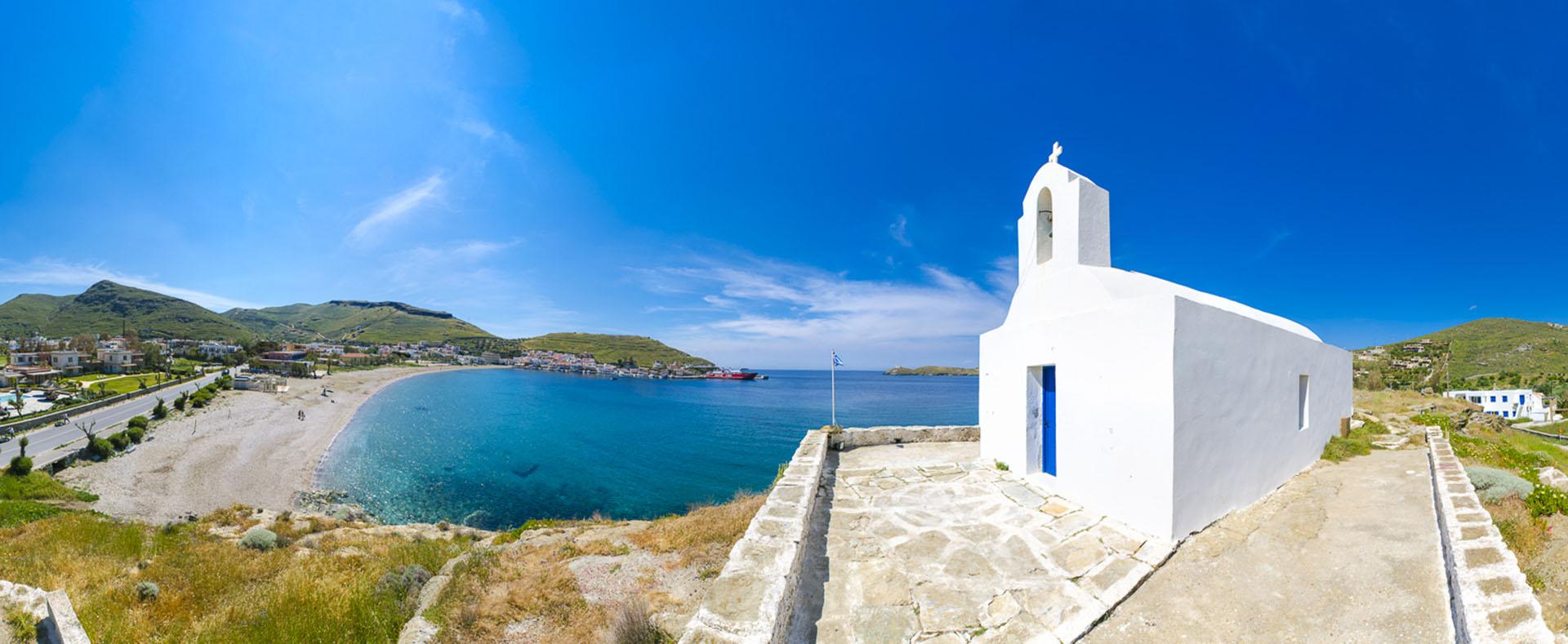
ANCIENT TIMES

As the first inhabitants, the colonists Arkades are mentioned, led by Aristaeus, who, by making sacrifices to the god of rain Ikamiao Zeus, saved the island from the drought that was consumed by the star Seiros. Aristaeus was worshiped as a savior god, in addition he taught the inhabitants agriculture, animal husbandry and beekeeping.
(Minoan civilization 2000-1600 BC) Myths and traditions state that Cretan colonists led by Minoa occupied the island. Minos fell in love with Keia Dexithea, and they gave birth to Euxantios who is considered one of the founders of Korissia.
In 1600-1100 BC, (Mycenaean period) a second colonization was carried out by Locrus led by the Nafpaktian hero Keos, son of Apollo and Rhodoessa, who gave his name to the island.
The 3rd colonization was made by Iona Thersidamantas around 1300 BC. at the end of the Mycenaean period.
In the Geometric times, 11th-8th century BC, Kea consisted of 4 autonomous states - cities. Ioulida-Poieessa-Karthaia-Korissia. TETRAPOLI. The 4 cities were autonomous and independently constituted from each other with their own legal polity was so exemplary that Aristotle wrote the "Ceonian State" a work which is not preserved today. it is a period when the spirit peaks on the island.
In the Persian wars, Kea fights at Artemisium and Salamis (480). In 478 it enters the First Athenian Alliance following the fate of the rest of the Cyclades, i.e. losing its autonomy. 413 takes part in the Sicilian expeditionary force. From 404-394 it was under the rule of the Lacedaemonians. In 378 Kea enters the Second Athenian alliance. In 338 he fought in the battle of Chaeronea. From 267-245 the island became a base for military operations of the Ptolemies. From 203-168 the island was dominated by the sea-kingdom of Rhodes.
In 67 BC the Roman Pompey decimates the pirates and relieves Kea of plunder. In 42 BC Mark Antony donates the island to the Athenians.



